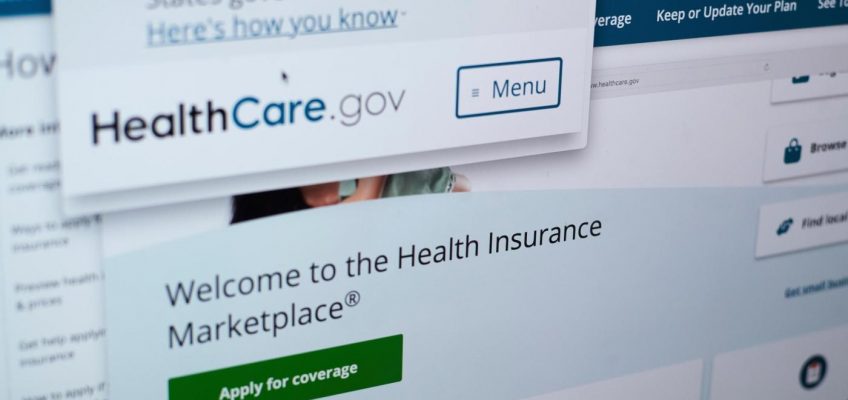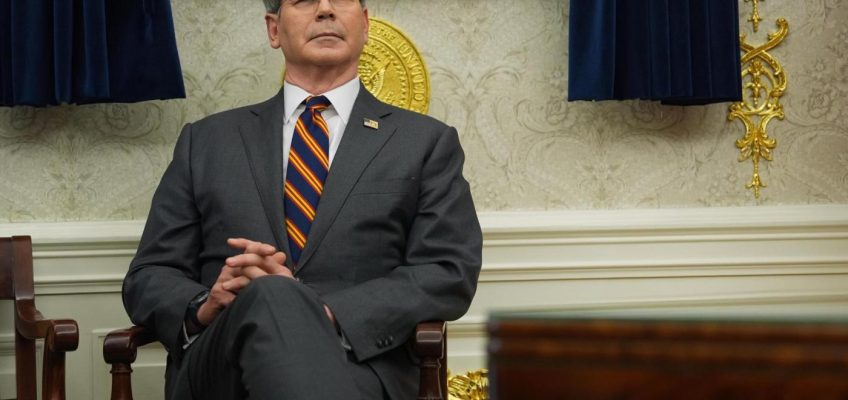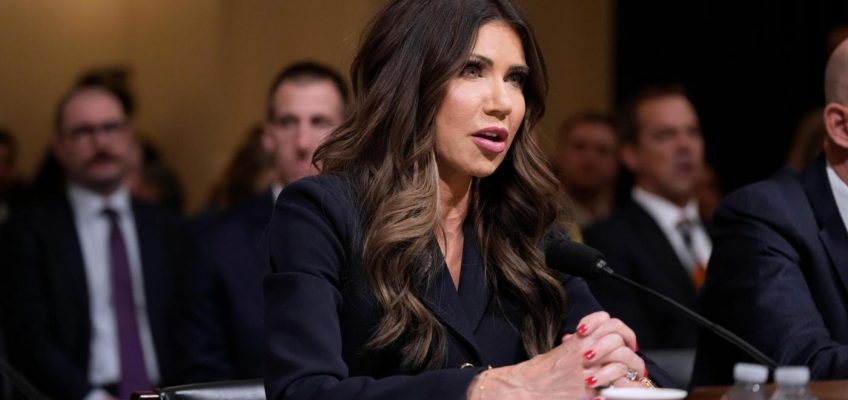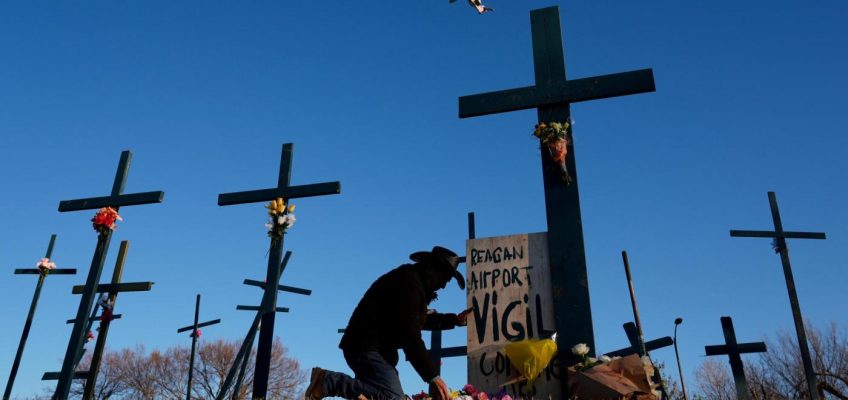By ALI SWENSON
NEW YORK (AP) — When senators voted on rival health bills Thursday, they had two chances to address expiring COVID-era subsidies that will result in millions of Americans saddled with higher insurance costs in the new year.
But the Senate rejected both, and hopes of solving the problem this year are running dry. Affordable Care Act subsidies will end in three weeks, more than doubling the premiums for many with health coverage through the 2010 law known as “Obamacare.”
Meanwhile, the political stakes of rising premiums are looming as affordability concerns have emerged as a key issue for American voters going into the midterms next year.
Here’s a look at the subsidies in limbo, the proposals to address the problem and how American voters are feeling about the issue.
The Affordable Care Act subsidies brought down costs
More than 24 million people have health insurance through the ACA. That includes farmers, ranchers, small-business owners and other self-employed people without other health insurance options through their work.
Enrollees who make less than 400% of the federal poverty level qualify for permanent subsidies in the program that help them offset premium costs.
In 2021, Democrats in Congress added additional subsidies, known as enhanced premium tax credits, that apply to enrollees regardless of their income. Those COVID-era subsidies are the ones set to expire Jan. 1.
With the expanded subsidies, some lower-income enrollees received health care with no premiums, and high earners paid no more than 8.5% of their income. Eligibility for middle-class earners was also expanded.
Health costs will rise for millions without a subsidy extension
If the tax credits expire, the average subsidized enrollee will see their annual premium payments go up by 114%, from an average of $888 in 2025 to $1,904 in 2026, according to the health care research nonprofit KFF.
Especially hard-hit groups will include a small number of higher earners who will have to pay a lot more without the extra subsidies and a large number of lower earners who will have to pay a small amount more, said Cynthia Cox, a vice president and director of the ACA program at KFF.
Some enrollees, especially those who are young and healthy, may drop out of coverage entirely rather than pay the steeper fees, experts say. A recent KFF poll found that 1 in 4 enrollees said they would “very likely” go without health insurance if their premiums doubled next year.
Others might opt for ACA plans with cheaper premiums that have worse coverage and higher deductibles.
In most states, for Americans who want coverage to start Jan. 1, the window to shop for ACA coverage began Nov. 1 and ends Monday.
FILE – Senate Minority Leader Chuck Schumer, D-N.Y., left, and House Minority Leader Hakeem Jeffries, D-N.Y., meet with reporters to speak about health care affordability at the Capitol in Washington, Dec. 3, 2025. (AP Photo/J. Scott Applewhite, file)
Democrats backed an extension, while Republicans pushed for savings accounts
The plan championed by Senate Democratic leader Chuck Schumer of New York would have allowed the vast majority of program enrollees to keep benefiting from the enhanced subsidies for three more years. It would have saved millions of people money in the short term and allowed some who might otherwise consider skipping coverage to stay insured.
But that would have come at a cost of nearly $83 billion added to federal deficits over the next decade according to the Congressional Budget Office.
Republicans on Thursday backed a proposal from Sens. Bill Cassidy, R-La., and Mike Crapo, R-Idaho, to scrap the subsidies in favor of health savings accounts that would be funded for the next two years.
To be eligible, people would have had to choose a lower-cost, higher deductible bronze or catastrophic health insurance plan and make less than 700% of the federal poverty level. Those aged 18 to 49 would have gotten $1,000 a year, while those 50 and up would get $1,500.
The money could have been spent on health costs but not premiums. Health analysts warned that could have posed a problem when low-income Americans were already struggling to afford monthly fees.
On Thursday, neither bill came close to the 60 votes needed to pass.
FILE – Sen. Mike Crapo, R-Idaho, left, and Sen. Bill Cassidy, R-La., emerge from a GOP meeting at the Capitol in Washington, Jan. 28, 2020. (AP Photo/J. Scott Applewhite, file)
The political stakes are only growing
The impasse in the Senate came as lawmakers grow anxious about the 2026 midterms. Pocketbook concerns, including health costs, are expected to be top issues for voters.
Democrats, who forced a 43-day shutdown over the expiring subsidies earlier this fall, are sure to shine a spotlight on the subject. Republicans may note that the Democrats in charge made the enhanced subsidies temporary in the first place.
Related Articles
Trump wants Americans to make more babies. Critics say his policies won’t help raise them
Senate rejects extension of health care subsidies as costs are set to rise for millions of Americans
Oreo is bringing zero-sugar cookies to the US
Botulism outbreak sickens more than 50 babies and expands to all ByHeart products
Feds promised ‘radical transparency’ but are withholding rural health fund applications
At the same time, the GOP has yet to unite on a path forward. In the House, moderate Republicans who are up for reelection have been pushing Speaker Mike Johnson, R-La., to extend the subsidies with new reforms while the right flank of the party has demanded deeper changes to a heath program they have long disliked.
Last month, the White House circulated a plan to extend the subsidies for two years while adjusting eligibility requirements. It ran into Republican pushback and has not had much traction since.
Trump, in a speech Wednesday, seemed to advocate an entirely different plan, giving people money to buy their own health insurance plans. Sen. Rick Scott, R-Fla., has introduced such a bill.
House Majority Leader Steve Scalise, R-La., said some options could be brought to the floor as soon as next week.
Associated Press writer Joey Cappelletti in Washington contributed to this report.




